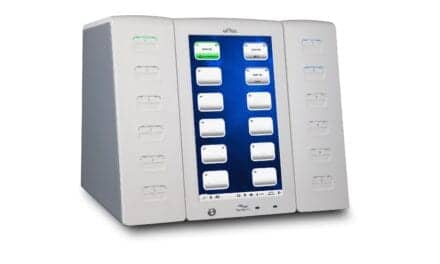The Allplex gastrointestinal (GI) full panel assay by Seegene, Concord, Calif, has received a CE mark, enabling the product to be sold in Europe and certain other markets. The test is based on Seegene’s proprietary multiple detection temperatures (MuDT) technology, which enables the detection of multiple target genes in a single channel without melt curve analysis.
The Allplex GI assay is the first high-multiplexed test based on a real-time PCR platform that covers 25 bacterial, viral, and parasitic causes of gastrointestinal infectious disease. By testing for a broad spectrum of pathogens, the Allplex test provides molecular laboratory professionals with a test having significant price competitiveness over other multianalyte GI panels currently on the market. Furthermore, depending on the pathogen being detected, other currently available test technologies and methods can take several days to deliver a single result compared to hours for the Allplex test.
According to the World Health Organization, gastrointestinal infection was one of the top 10 leading causes of death in the world between 2000 and 2012, and it remains the second leading contributor to morbidity among children under 5 years of age globally.
“We are pleased to launch the Allplex GI assay in countries recognizing the CE mark. This test is a unique and powerful tool, providing comprehensive and actionable diagnosis in the gastrointestinal diagnostic space,” says Jong-Yoon Chun, PhD, founder and CEO of Seegene. “As part of Seegene’s global expansion initiatives in the molecular diagnostics market, we will continue to pursue a series of future submissions of other Allplex infectious disease tests in Europe, Canada, and the US markets.”
Seegene is a leading developer of multiplex molecular technologies and multiplex clinical molecular diagnostics (M-MoDx). The company’s core enabling technologies are the foundation for M-MoDx tests that can simultaneously detect multiple targets with high sensitivity, specificity, and reproducibility. For more information, visit Seegene.






